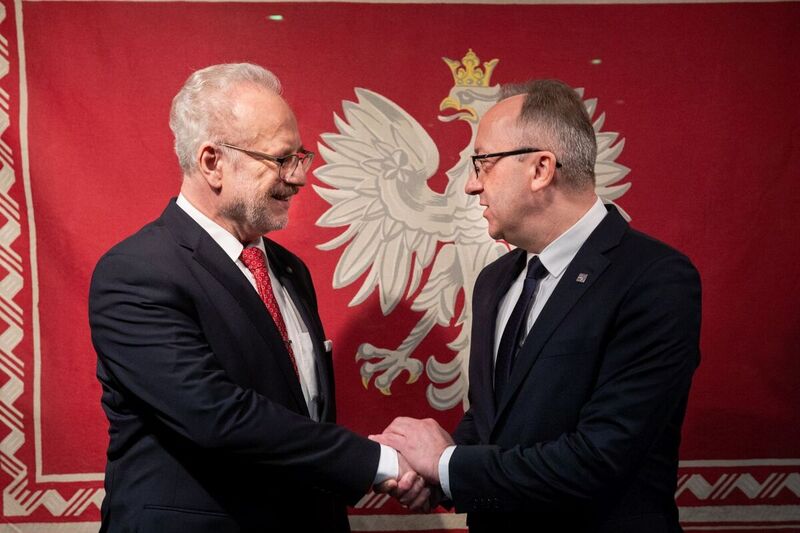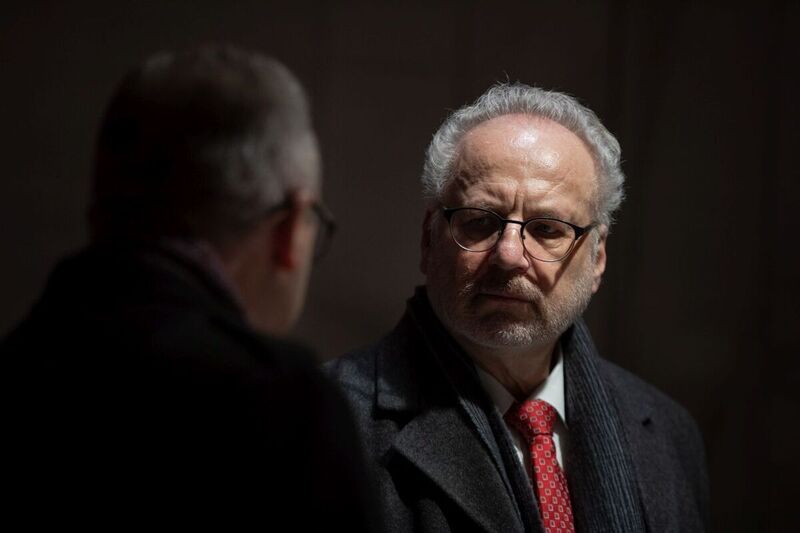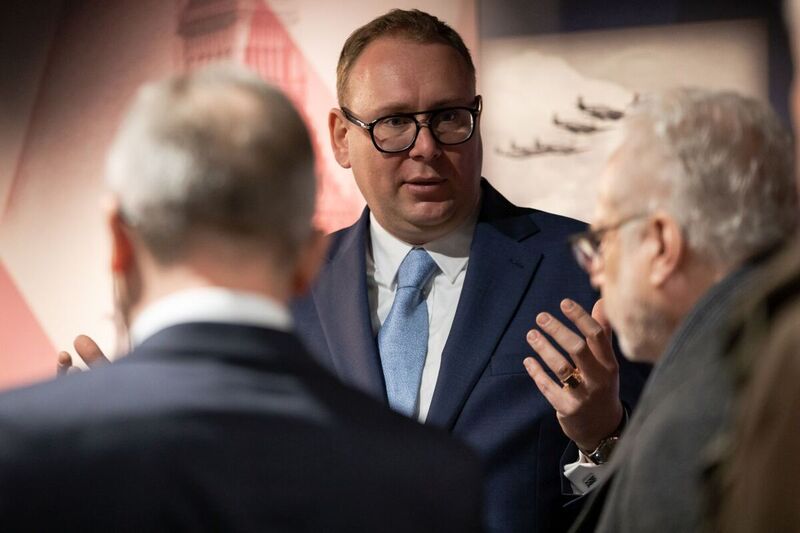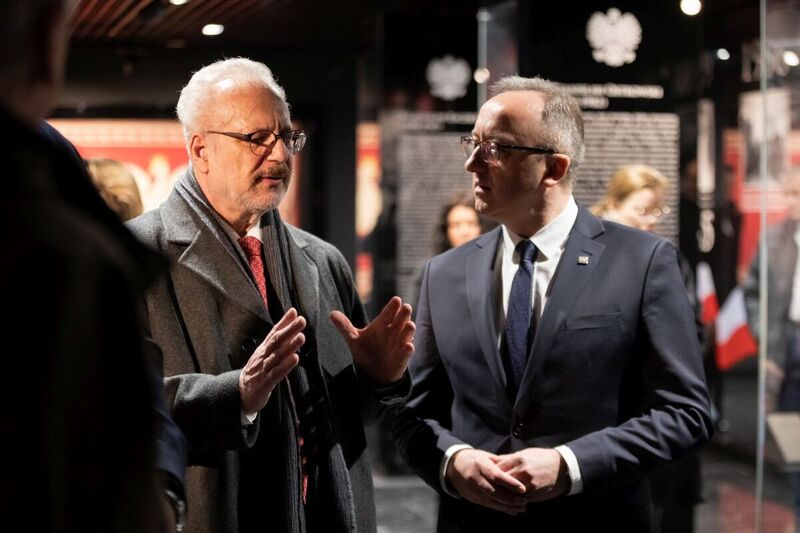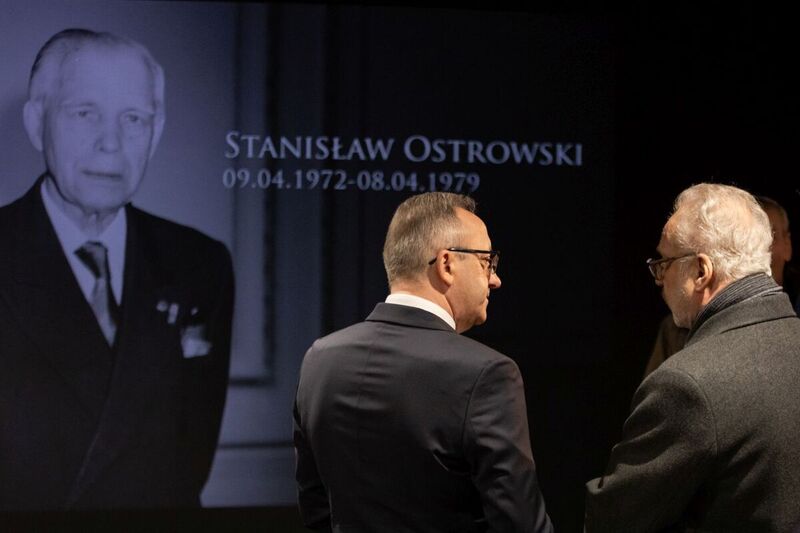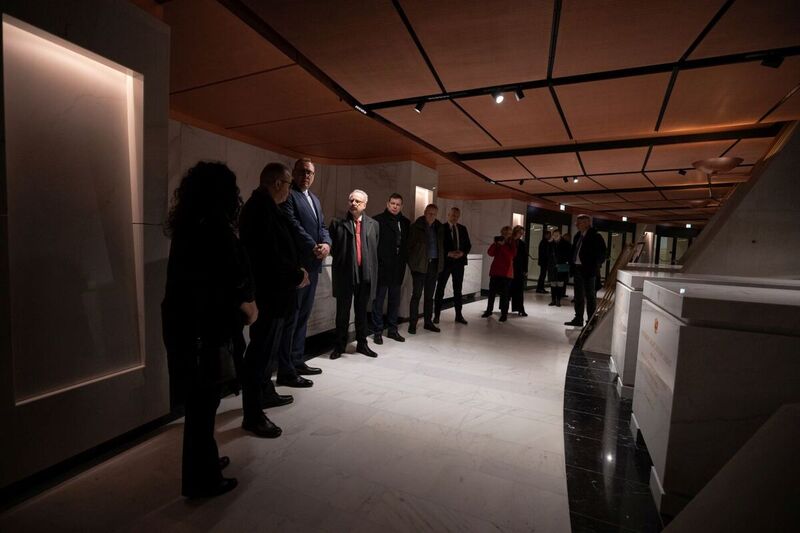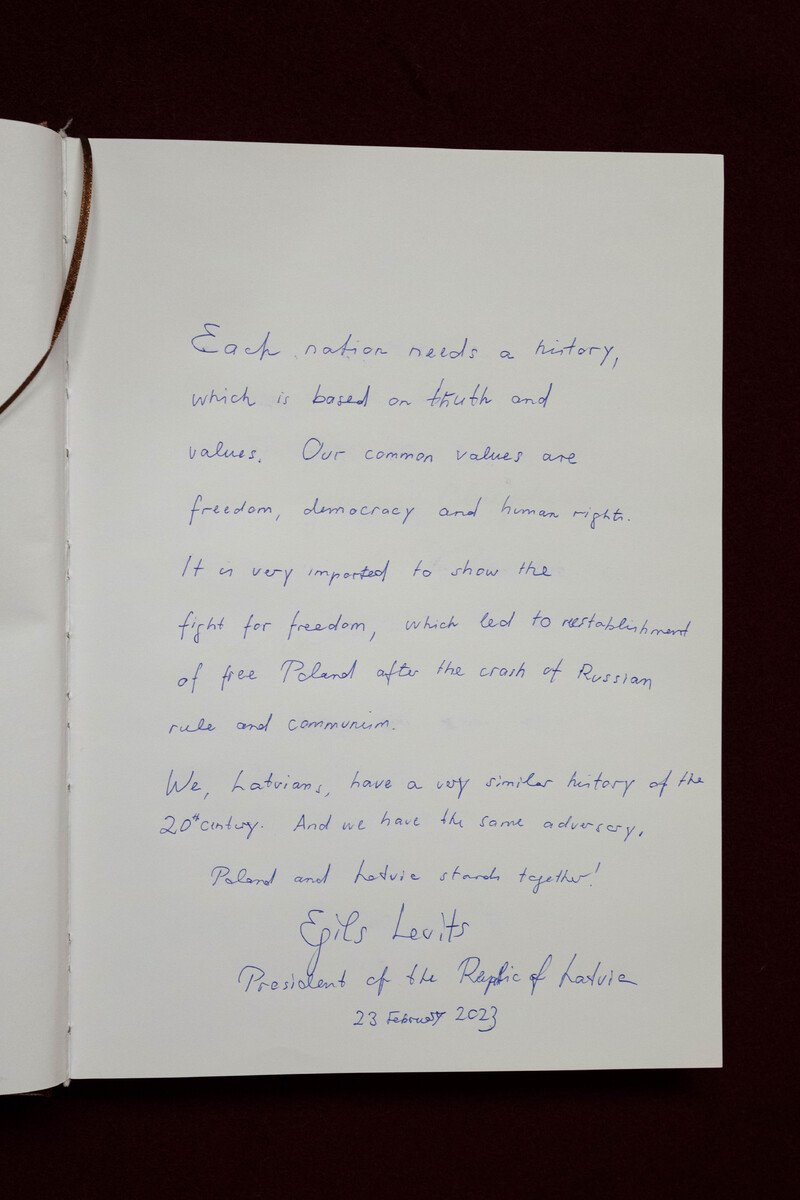Moscow seized power in Poland after the war. Yet, the Polish Government in Exile, established back in 1939 in France, functioned in London - one of the capitals of the free world . It was there, in the capital of the United Kingdom, that free Poland lived on, and its emanations were the successive Presidents of the Republic of Poland in exile. They have now been laid to rest in Warsaw's Temple of Divine Providence.
In November 2022, the remains of Władyslaw Raczkiewicz, August Zaleski and Stanisław Ostrowski, brought to the country from England, were transferred there. It is also the resting place of Ryszard Kaczorowski, the last President of the Polish Republic in exile, who died in the Smolensk crash in 2010 and the location of the symbolic graves of Edward Raczyński and Kazimierz Sabbat.
Next to the Mausoleum is the Chamber of Remembrance, established thanks to the efforts of the Institute of National Remembrance (IPN) and the "Aid to Poles in the East" Foundation.
Both the Mausoleum and the Chamber of Remembrance are an expression of the gratitude of the Polish people for the service of six statesmen and the preservation of the constitutional continuity of the power of the Republic from 1939 until the free elections in 1990. Both refer to the legacy of independence left to us by generations of Poles who fought for Poland’s sovereignty, rebuilding our homeland after 1920 and defending it in 1939-1945, as well as during the independence struggle for freedom until 1989.
Latvians have a similar experience to ours as far as the road to independence is concerned. They proclaimed independence in November 1918, after the end of World War I. Latvian soldiers fought shoulder to shoulder with the Polish Army (under the command of General Edward Rydz-Śmigły) against the Bolsheviks. The result was the capture of Dyneburg in January 1920, followed by the liberation of all of Latgale and its incorporation into independent Latvia.
The short existence of the Republic of Latvia (1918-1940) was followed by a long 50-year period of Soviet occupation. Undoubtedly, the Molotov-Ribbentrop Pact and its secret protocols were the turning point and the genesis of the tragic fate that divided Europe and threw the Baltic countries into Stalinist control of the Soviet Union.
As the communist system was about to collapse, Latvians launched another struggle for an independent state. This time without the use of weapons. Thanks to their strength of spirit and unity, they emerged from this battle victorious.
In the spring of 1990, when the three Baltic states (Latvia, Lithuania and Estonia) held free elections, the newly elected parliaments declared the re-emergence of independence. A complex, extremely difficult process of political struggle began. This period lasted from 4 May 1990, when the newly elected Supreme Council of the Republic of Latvia adopted the declaration on the "Proclamation of Independence of the Republic of Latvia," until 21 August 1991, when the constitutional law "National Status of the Republic of Latvia" was adopted and de facto Latvia regained its independence. One of the first countries to recognize the revived Latvian statehood was the Republic of Poland.
President Levits co-authored the Latvian Declaration of Independence of 1991 and authored the preamble to the Basic Law, which asserts the primacy of the Latvian language and equates the Communist and Nazi regimes, of which Latvians were victims.
More:
"Mission: Free Poland”. On 12 November 2022, Polish Presidents-in-Exile will return home
